14 Once-Great Empires You Can Still Visit Today
Power leaves marks in roads, arches, and city plans that survive. You can follow aqueducts, cross causeways, and enter courtyards once kept for the elite. From there, visit local exhibits that keep stories organized and clear. Then grab a simple guidebook to tie each stop together. Map your route now and make the journey happen.
This post may contain affiliate links, which helps keep this content free. Please read our disclosure for more info.
Roman Empire
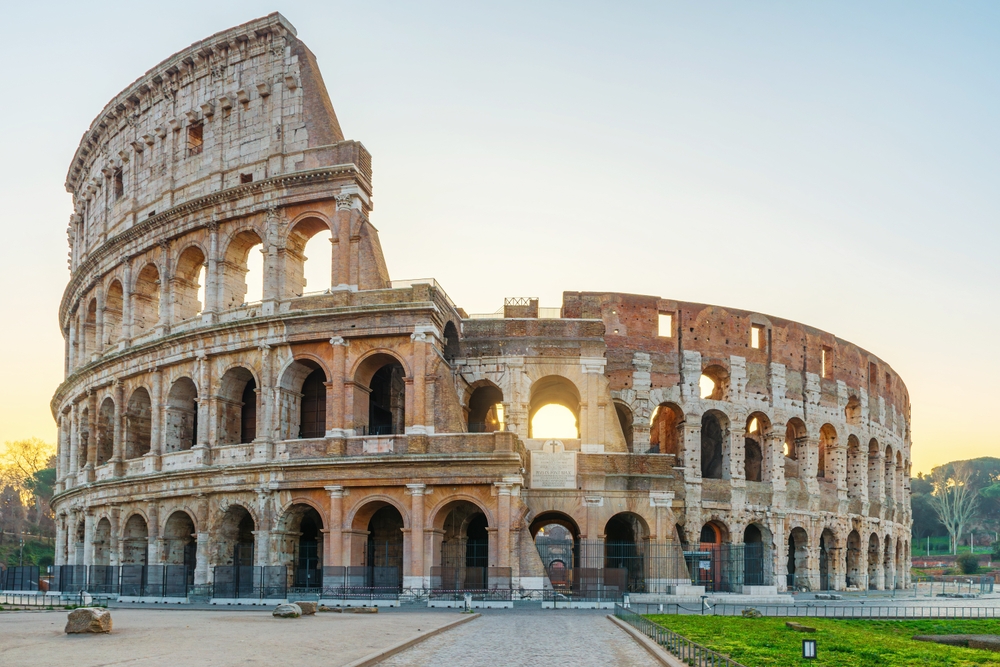
Rome still frames a trip with layers of history in plain sight. Walk the Colosseum, the Forum, and Palatine Hill for a clear story of power and daily life. Pompeii and Herculaneum near Naples add streets, homes, and frescoes frozen in time. Trains link the major sites, and museums tie artifacts to places you can step into.
You can follow Roman roads across Europe and the Mediterranean. Split and Pula show arenas and palaces that anchor lively ports. In southern France, Nîmes and Arles keep amphitheaters in steady use for events. Plan a route that pairs ancient stones with easy city stays.
Byzantine Empire
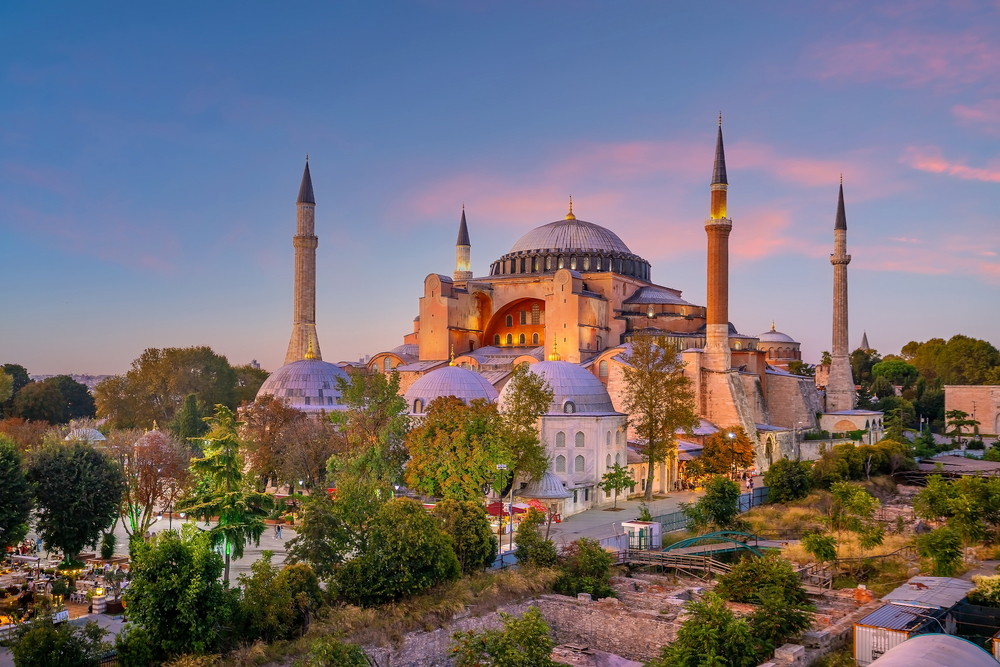
Istanbul carries the spirit of Byzantium in churches, cisterns, and walls. Step inside Hagia Sophia and the Chora Church to see mosaics that still glow. The Theodosian Walls and the Basilica Cistern add scale to the story. Ferries and trams help you move between neighborhoods with little fuss.
Thessaloniki and Ravenna offer fine mosaics and early churches. You can trace saints, emperors, and merchants through domes and chapels. Monemvasia in Greece keeps a rock fortress town that feels close to the past. Good food and seaside walks round out days of stone and gold.
Ottoman Empire
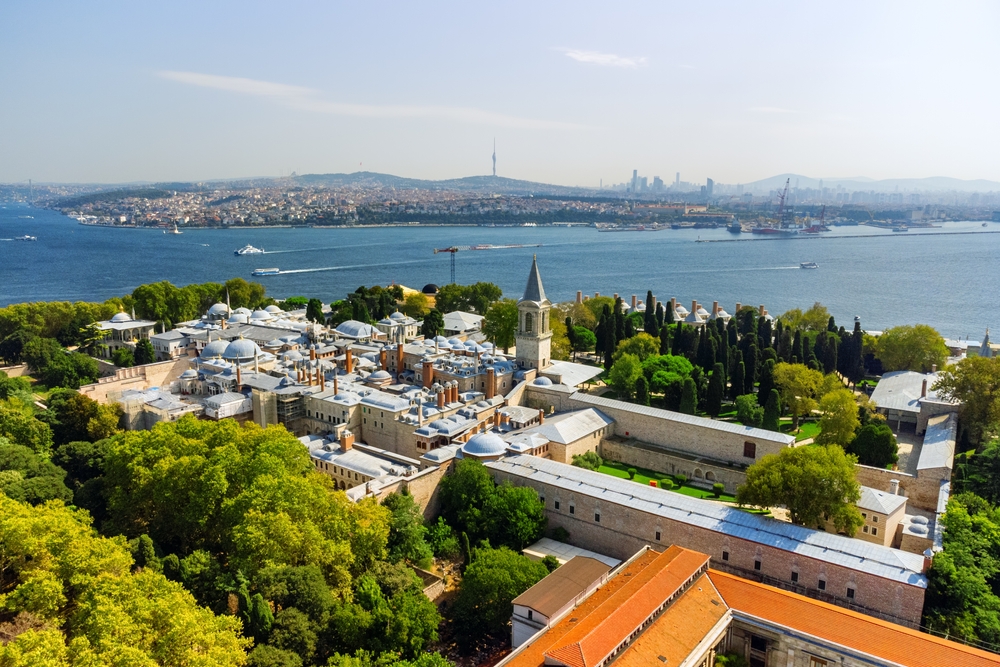
A visit to Turkey brings palaces, mosques, and bazaars that reflect long rule. The Topkapi Palace, Süleymaniye Mosque, and the Grand Bazaar make a strong trio in Istanbul. Edirne shows early capital grandeur with the Selimiye Mosque. Cappadocia adds caravanserais along routes once used by traders.
Across the Balkans, Ottoman bridges and baths shape many towns. Mostar’s stone arch and Sarajevo’s old bazaar district are easy highlights. Prizren and Skopje keep mosques and hammams that invite slow walks. Pair these with local coffee and sweets for a relaxed pace.
Ancient Egyptian Empire

Cairo sets the stage with the Pyramids of Giza and the Sphinx. The Egyptian Museum and the Grand Egyptian Museum hold treasures linked to temples and tombs. A flight to Luxor brings Karnak, Luxor Temple, and the Valley of the Kings. A Nile cruise connects sites in a calm way.
Aswan offers Philae Temple and granite quarries that show how monuments began. Abu Simbel rewards an early start with colossal statues at the water’s edge. Desert light makes every relief stand out for photos and notes. Plan shade breaks and carry water for steady days.
Achaemenid Persian Empire
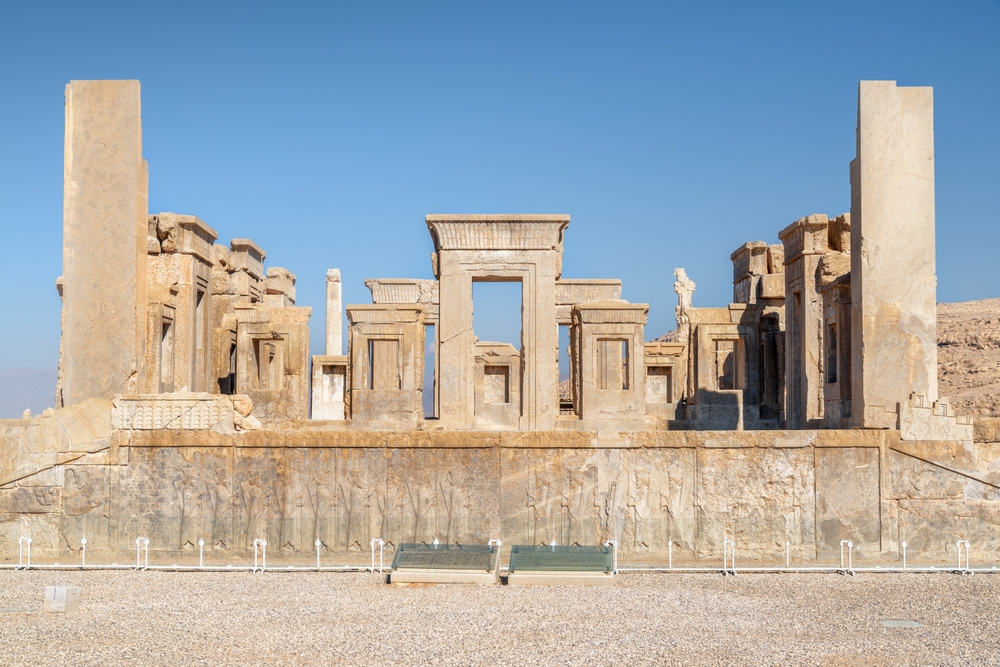
Persepolis near Shiraz lets you walk a ceremonial capital carved in stone. Stairways, reliefs, and gateways set a clear scene of empire and tribute. Nearby Naqsh-e Rustam holds rock tombs for kings cut into a cliff face. Guidebooks and signs help you read what the carvings show.
Pasargadae completes the trio with the tomb of Cyrus and broad terraces. Shiraz adds gardens and poetry that balance heavy stone days. Roads between these sites are direct and well used by travelers. Local food and tea houses give restful stops between visits.
Greek Hellenistic Kingdoms
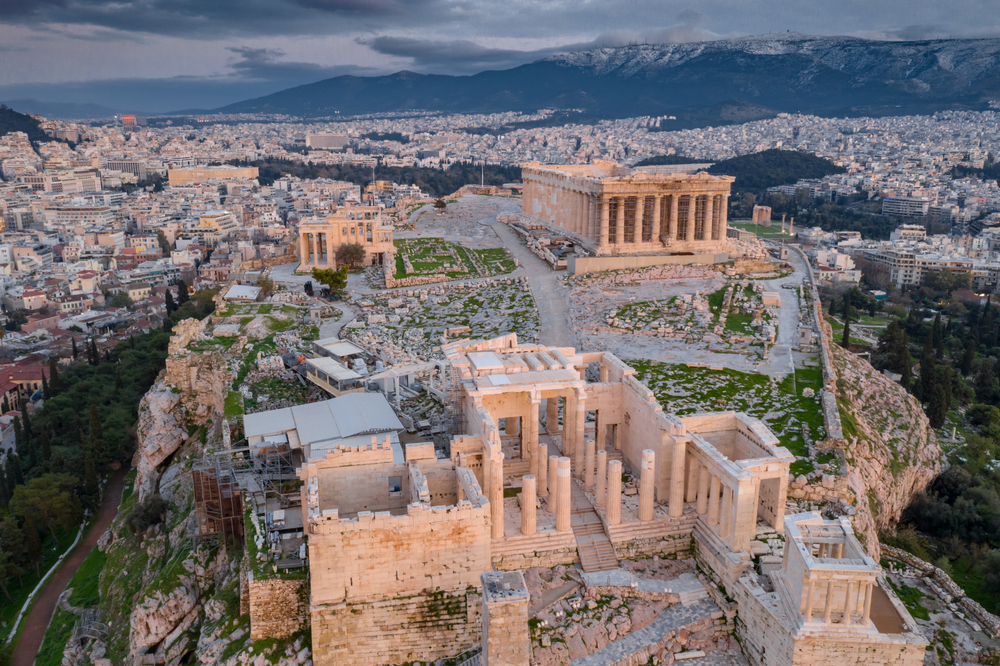
Athens anchors a trip with the Acropolis, the Agora, and clear museum links. Delos in the Cyclades shows a port of marble streets and markets. Thessaloniki mixes Hellenistic layers with later periods in museums and arches. Ferries and short flights keep island and mainland within reach.
Outside Greece, you can follow the spread of Greek culture. Alexandria in Egypt keeps the catacombs of Kom El Shoqafa and a modern library nod. Pergamon in Türkiye lifts an acropolis over a green valley. Each stop ties sculpture, theaters, and city plans to daily life.
Mongol Empire
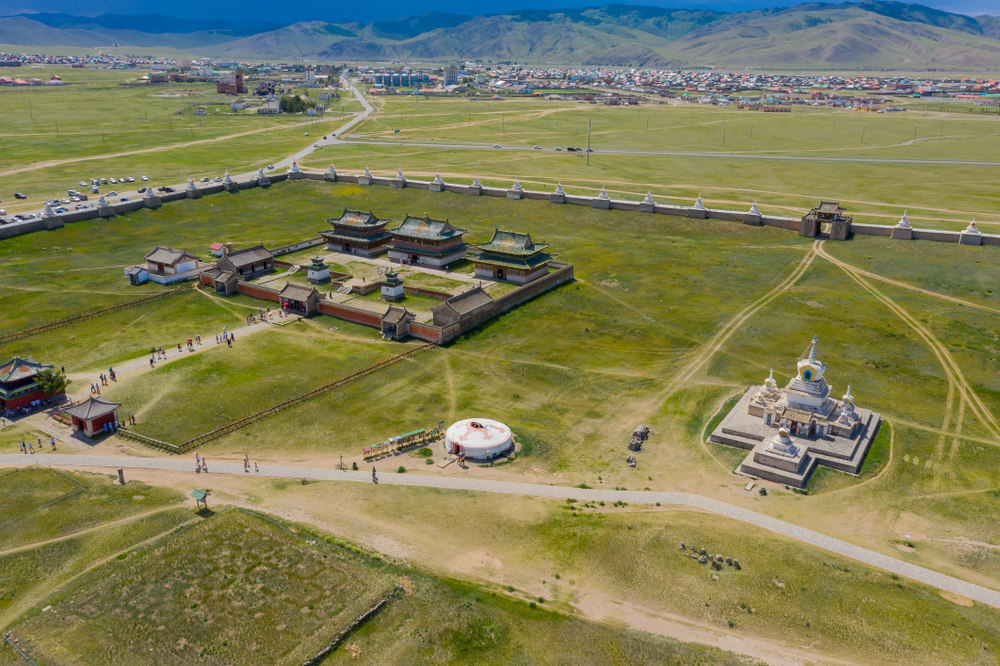
Mongolia tells the story through grasslands, monasteries, and open skies. Karakorum shows a former capital near the Erdene Zuu Monastery. The Genghis Khan equestrian statue east of Ulaanbaatar adds a modern marker to old routes. Gers, herding culture, and wide horizons set the mood.
China and Central Asia hold more clues to Mongol power. Xi’an and Beijing link to Yuan history through city plans and museum pieces. The Silk Road towns of Uzbekistan reveal caravan life and trading streets. Trains and guided drivers help cover long distances with calm pacing.
Mughal Empire
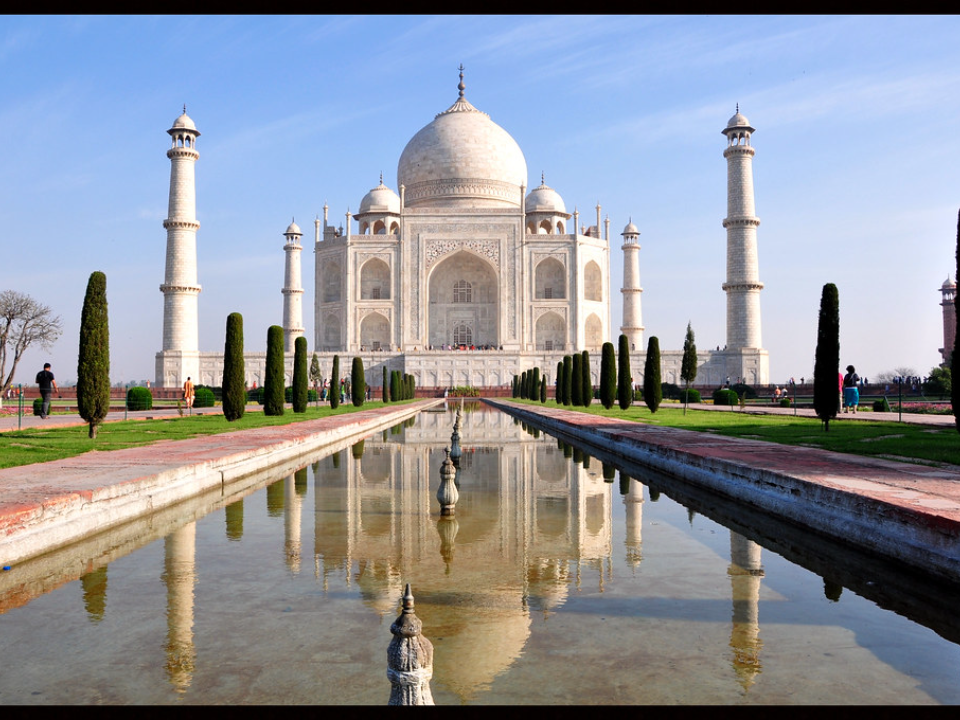
India presents Mughal art and urban design with real scale. Agra gathers the Taj Mahal, Agra Fort, and Itimad-ud-Daulah in one stop. Delhi layers Humayun’s Tomb, Jama Masjid, and the Red Fort across old quarters. Jaipur rounds the picture with Amber Fort and planned boulevards.
Gardens, water, and symmetry set the visual rhythm for these places. You can learn to spot calligraphy, pietra dura, and red sandstone details. Sunrise or sunset brings gentle light that flatters white marble. Trains and drivers make triangle routes easy to manage.
Khmer Empire

Siem Reap opens the door to Angkor’s vast temple city. Angkor Wat at dawn shows towers mirrored in the moat. Bayon adds faces in stone, while Ta Prohm lets trees and roots run wild. A multi-day pass gives time to breathe between visits.
The wider park rewards slow planning. Banteay Srei offers pink sandstone carving with crisp detail. Roluos and Beng Mealea spread crowds away from the main loop. Early starts and rest breaks help you enjoy the heat and light.
Inca Empire
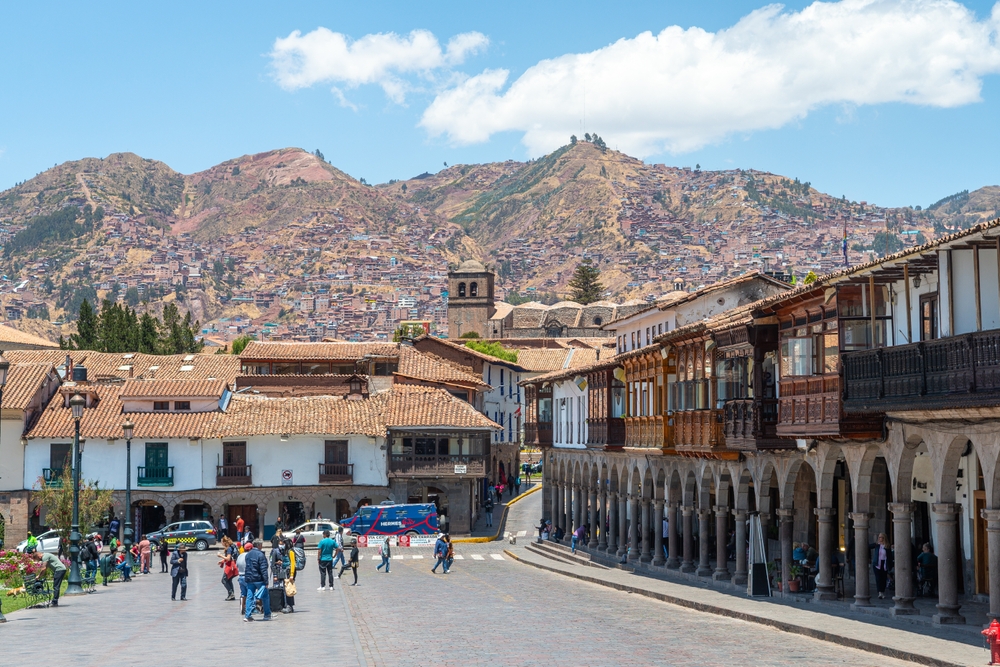
Cusco places you in streets built on Inca foundations. Sacsayhuamán, Qorikancha, and nearby valleys tell how stonework and terraces shaped life. A train or trek carries you to Machu Picchu in cloud-forest air. Guides connect temples, water channels, and mountain views.
The Sacred Valley fills days with Pisac, Ollantaytambo, and weaving towns. You can learn how terraces handled soil and water. Markets add color and food for easy lunches between sites. Altitude planning keeps the trip smooth and comfortable.
Maya Civilization

Southern Mexico and Guatemala present cities in jungle and highland light. Chichén Itzá and Uxmal in Yucatán give broad plazas and carved facades. Palenque rises from thick green with sculpted reliefs in quiet rooms. Tikal in Guatemala delivers tall temples and wildlife calls at dawn.
Smaller sites reward curious stops. Ek Balam holds a grand stair with mask carvings worth the climb. Cobá spreads far enough that bikes help reach distant groups. Local cenotes and towns round out the pace with swims and meals.
Aztec Empire

Mexico City stands over the heart of Tenochtitlan. The Templo Mayor Museum sets artifacts beside the cathedral and main square. National Museum of Anthropology gathers stone gods, calendars, and daily objects. Neighborhoods around the center keep the day lively and easy.
A short trip adds Teotihuacan with its Sun and Moon Pyramids. You can climb broad steps for views across a planned avenue. Guides explain alignments, trade networks, and city life. Street snacks and craft stalls make the visit feel warm and relaxed.
Carthaginian Empire
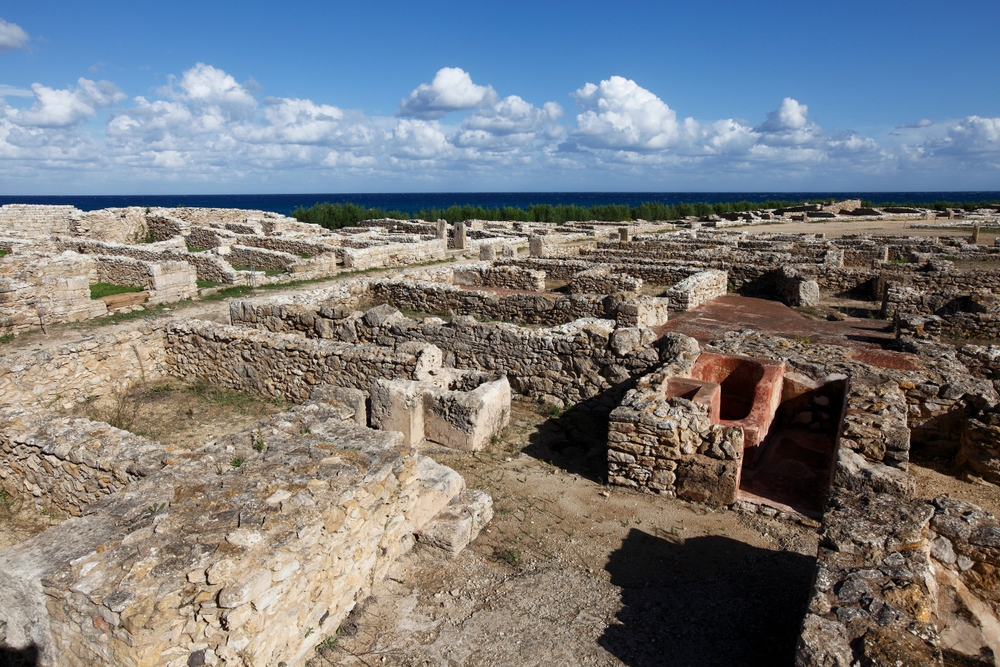
Tunisia brings Phoenician and Carthaginian layers to a blue sea view. Carthage near Tunis spreads harbors, baths, and hilltop ruins across a calm suburb. The Bardo Museum ties ancient finds to clear displays. Sidi Bou Said offers a gentle end to a day of ruins.
Further south, Kerkouane shows a rare Punic town with planned streets. You can see dye vats, houses, and a coastal setting that explains trade. Roman sites nearby help you compare two rival powers. Light rail and short drives make the circuit simple.
Mali Empire
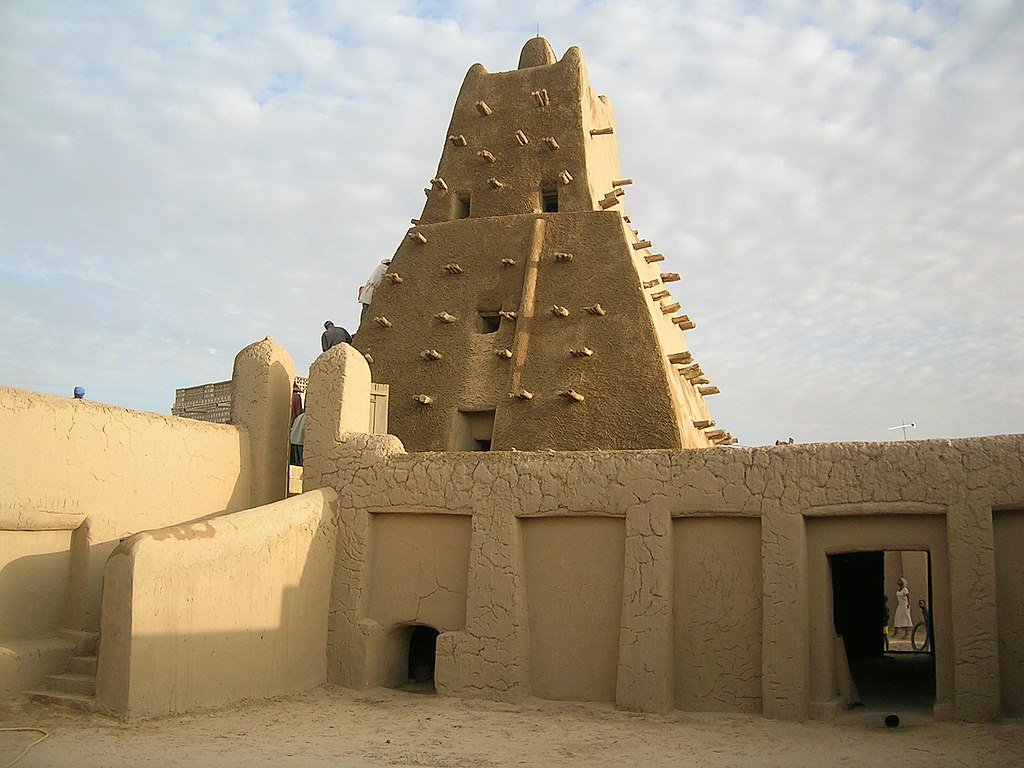
Timbuktu and Djenné keep stories of trade, learning, and desert routes. The mud-brick Great Mosque of Djenné rises above a market square. Timbuktu’s libraries hold manuscripts that speak to scholarship and travel. River and road links change with seasons, so local advice matters.
Gao and the Niger bend help map the empire’s reach. You can pair historic stops with living music and crafts. Markets bring color to days focused on mosques and manuscripts. Plan timing with care for weather and festivals.
This article originally appeared on Avocadu.
